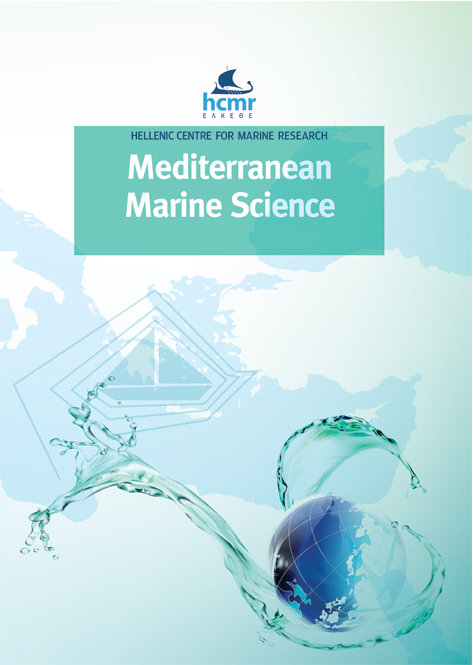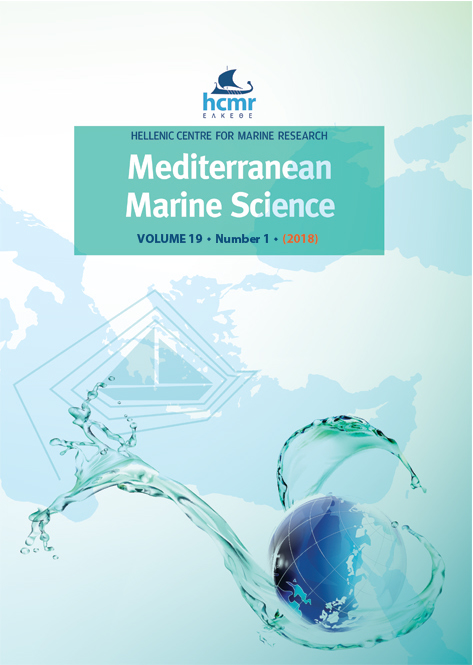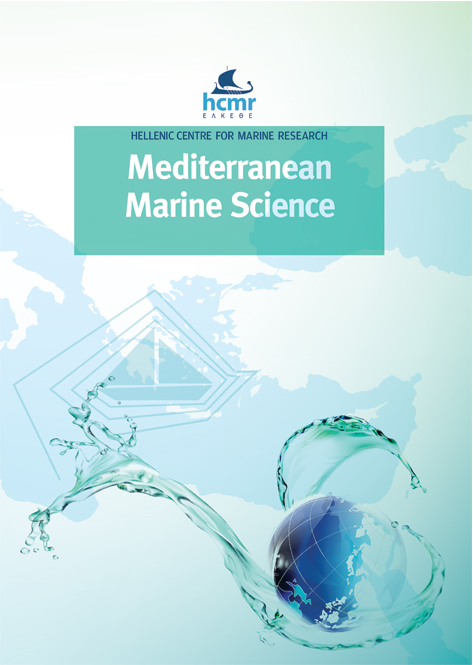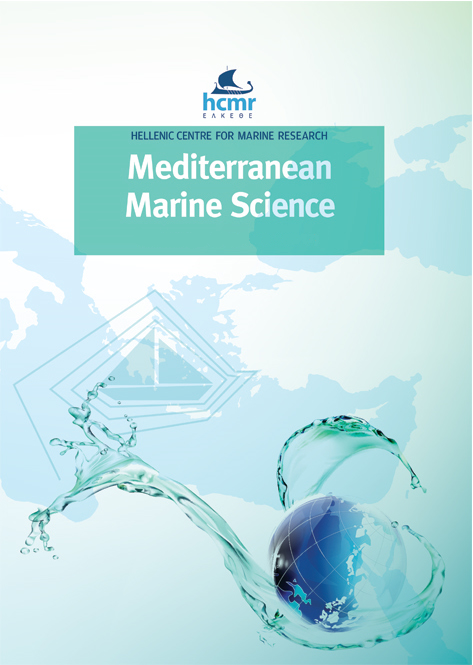Chaotic and long-term trends in Berre Lagoon (Provence, France): a shift towards alien-dominated assemblages?
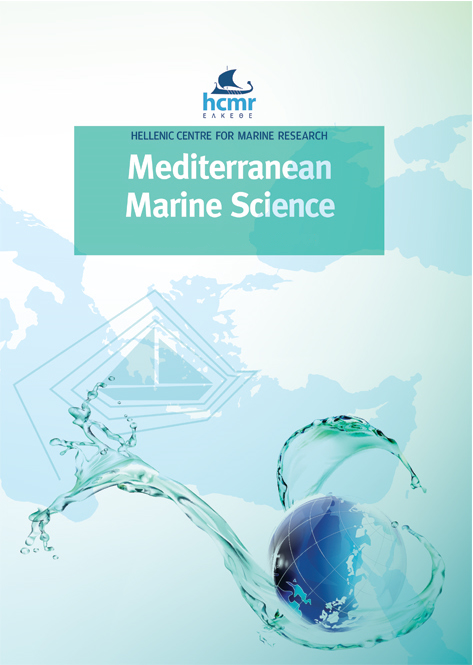
Abstract
Over historical time, Berre Lagoon (SE France, NW Mediterranean Sea) had undergone various changes. These became more significant, transforming and even disruptive since the 19th century when the channel connecting the lagoon to the sea was deepened and the surrounding areas were industrialized and urbanized. Pollution and anoxic crises were major consequences. Concomitantly, many non-indigenous species (NIS) arrived in the lagoon. In recent years, climate change and freshwater input from a hydro-electric power plant have been the main drivers influencing the lagoon ecosystem. The major anoxic crisis of 2018 caused the lagoon ecosystem to collapse. In the following years, an increase in mean salinity linked with low precipitation in the regional watershed and the resulting lower freshwater input from the hydro-electric power plant caused rapid changes in ecological assemblages and favoured newly arrived NIS. An updated list of NIS and cryptogenic species (38 taxa according to the last census) is presented here. The species introduction rate has strongly increased since 2000, or at least the recognition rate. Temporal and spatial changes are discussed for major NIS in Berre Lagoon. The success of new NIS is interpreted as a consequence of the 2018 crisis, of global change and of re-marinization of the water body related to dryer periods and stricter freshwater input regulation.
Article Details
- How to Cite
-
ASTRUCH, P., SCHOHN, T., ANDRÉ, F., BELLONI, B., BOUDOURESQUE, C.-F., LEJEUSNE, C., MAYOT, N., MARCHESSAUX, G., THIBAUT, T., ZIBROWIUS, H., & VERLAQUE, M. (2025). Chaotic and long-term trends in Berre Lagoon (Provence, France): a shift towards alien-dominated assemblages?. Mediterranean Marine Science, 26(1), 199–215. https://doi.org/10.12681/mms.39056
- Section
- Research Article
Authors who publish with this journal agree to the following terms:
- Authors retain copyright and grant the journal right of first publication with the work simultaneously licensed under a Creative Commons Attribution Non-Commercial License that allows others to share the work with an acknowledgement of the work's authorship and initial publication in this journal.
- Authors are able to enter into separate, additional contractual arrangements for the non-exclusive distribution of the journal's published version of the work (e.g. post it to an institutional repository or publish it in a book), with an acknowledgement of its initial publication in this journal.
- Authors are permitted and encouraged to post their work online (preferably in institutional repositories or on their website) prior to and during the submission process, as it can lead to productive exchanges, as well as earlier and greater citation of published work (See The Effect of Open Access).





